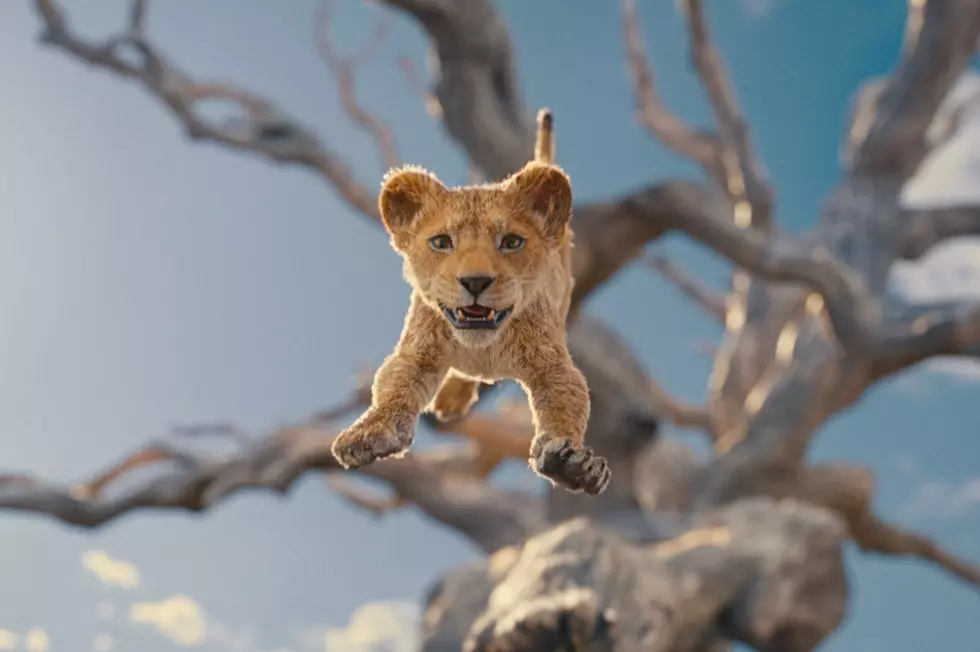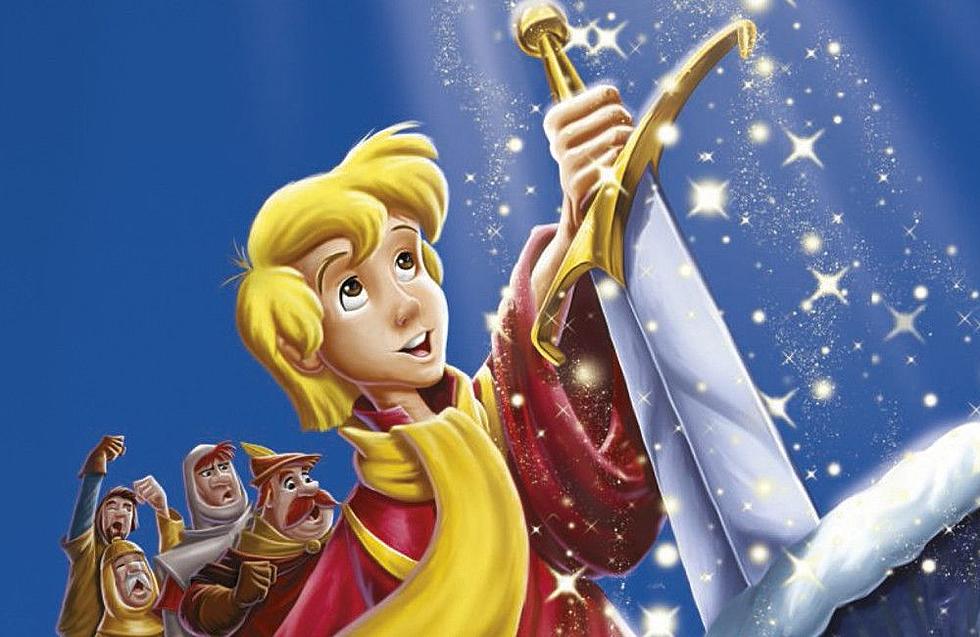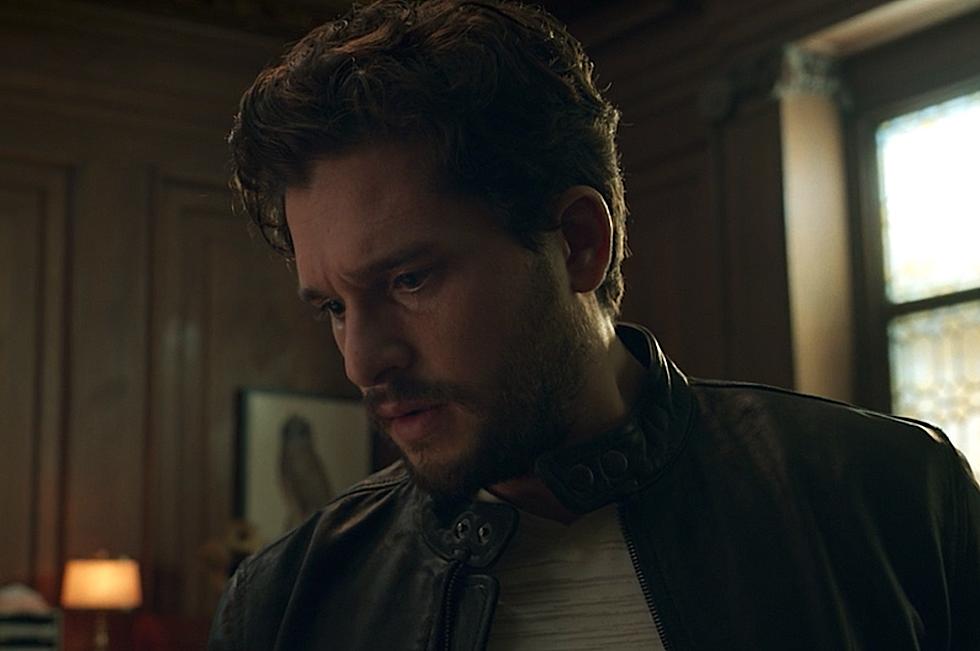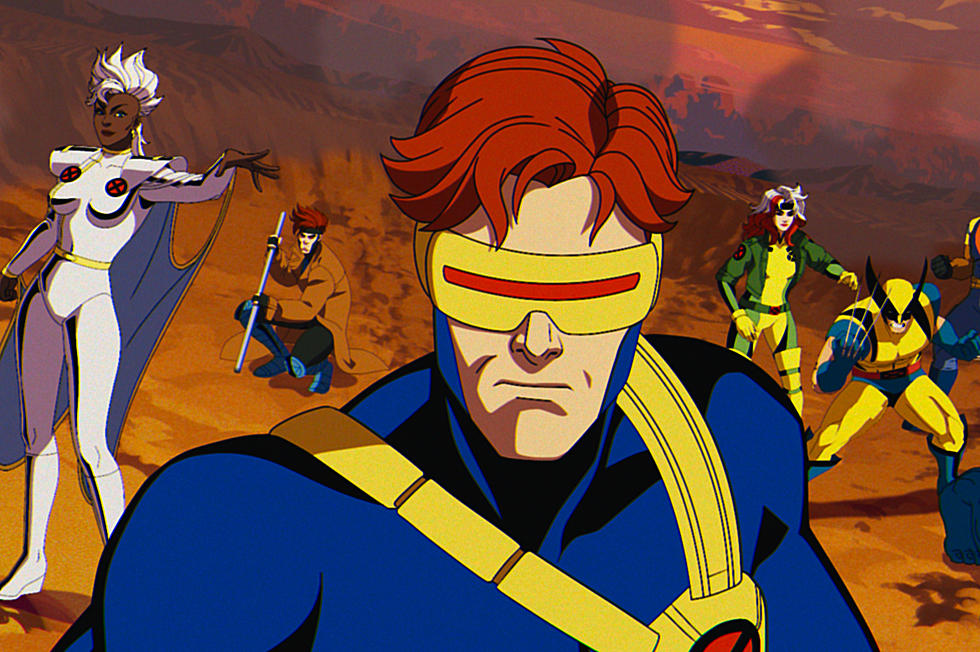
The Legacy of ‘The Little Mermaid’: Lightened-Up Fairy Tales for the Younger Set
Animated films have long plundered classic fairy tales to build their modern stories (at least four of the Disney Princesses alone are pulled from Brothers Grimm tales), but Hans Christian Andersen’s rise to posthumous family-friendly prominence didn’t come into play until the late ’80s, when Disney’s ‘The Little Mermaid’ (which turns 25 this week) first swam on to our cinematic shores. The introduction of Ariel also effectively ended a Princess drought—there had not been a new Princess-centric film since 1959, but after Ariel splashed on to the scene, the House of Mouse started churning out a new one with startlingly regularity (four in the ’90s alone)—but its real legacy is introducing Andersen to the younger set by way of mainstream animated outings.
Well, with a couple of caveats.
Dismayed by how Andersen’s original tale plays out—spoiler alert: she dies, like the majority of Andersen’s main characters—‘Little Mermaid’ writer and co-director Ron Clements retrofitted the story in the Disney image. You know the one: happier, peppier, with more music and the kind of ending that wouldn’t send scads of children screaming to the exits. It worked, and Hollywood's animated interpretations of Andersen’s decidedly downbeat morality tales haven’t looked the same since.
- 1
‘Downhearted Duckling’ (1953) and ‘The Ugly Duckling’ (1931 and 1939)
Before Ariel, the studio system did take a crack at one of Andersen’s tales: ‘The Ugly Duckling.’ Disney made a pair of duck-centric films in the thirties as part of their ‘Silly Symphony’ series, but both came with some big changes. The first version of the film imagined the duckling as, well, an actual duck, just one mixed in with chicks. The second version was more faithful to the source material, though it shortened the time said duckling (swanling?) suffered, all the better for a family-friendly feature. MGM took a different approach with their ‘Downhearted Duckling,’ which saw its own ugly star attempting suicide over and over again. That’s not kid-friendly.
- 2
‘The Little Mermaid’ (1989)
In Andersen’s original telling of ‘The Little Mermaid,’ the Sea Witch does indeed give the mermaid her legs, but she doesn’t steal her voice to masquerade as a rival—the prince just happens to find one on his own. She's another princess, and a nice one at that, so when the mermaid’s beloved prince marries her instead of his fish-princess, she's devastated. Sadly, she can’t just return to the sea, she either has to kill the prince to get back her scales or throw herself into the ocean in despair. She doesn’t kill the prince, and she dies in horrible pain. Fun for the whole family!
- 3
‘Thumbelina’ (1994)
In an attempt to capitalize on all those Disney dollars, Warner Bros. adapted Andersen’s ‘Thumbelina’ just three years after ‘The Little Mermaid’ arrived in theaters. The basic plot points of the WB film and Andersen’s original story may be the same—tiny girl, cool prince, lots of animal trouble—but the sense of desperation and danger that overwhelmed the original tale have been neatly cut out for kid consumption. Also of note? A lot more singing.
- 4
‘Fantasia 2000’ (1999)
Disney’s 1999 sequel spectacle to its beloved 1940 Fantasia includes a section—“Piano Concerto No. 2 in F Major-I,” to be precise—that cribs from Andersen's tale of ‘The Steadfast Tin Soldier.’ In the world of Disney, the story has a happy ending—hurray!—whereas Andersen’s story ends with both the tin solider and his beloved paper ballerina being burnt up in a fire. No, really.
- 5
‘The Emperor’s New Groove’ (2000)
The House of Mouse’s 2000 buddy comedy changed so significantly during its six year production that an entire documentary was made about it (‘The Sweatbox’). Still, it shares DNA with Andersen’s ‘The Emperor’s New Clothes,’ even though the Disney movie was—gasp!—changed to reflect a happier ending with the kind of life lessons kid could actually use without having to worry about seeing their leader walking around naked and feeling weird for saying something about it.
- 6
‘The Princess and the Pea’ (2002)
Andersen’s ‘Princess and the Pea’ might not be sad, but it’s certainly upsetting, portraying true love as the (literal) marriage of two people so picky that no one else could suit (read: stand) them, but the 2001 American-Hungarian take on the material is just weird. It involves pigs. An entire Pig Kingdom and a prophecy and, oh, what’s that? A happy ending for two nice people. Heavens, these changes!
- 8
‘The Adventures of Tom Thumb and Thumbelina’ (2002)
This Disney film pulls together two different fairy tale characters—Tom Thumb and Thumbelina, both adorably thumb-sized—and sets them up in a direct-to-video style adventure. If you thought that other ‘Thumbelina’ had removed the punch of Andersen’s tale, you won’t believe this one.
- 9
‘The Ugly Duckling and Me!’ (2006)
...but what if ‘The Ugly Duckling’ was adopted by a rat named Ratso?
- 10
‘The Snow Queen’ (2012)
Before there was ‘Frozen,’ there was a Russian animated tale called ‘The Snow Queen.’ Before that, there was Andersen’s ‘The Snow Queen.’ Although the 2012 animated adventure hews pretty closely to Andersen’s tale—evil mirror, reindeer, and all!—its tone has been lightened up considerably to make it more fun for the family.
- 11
‘Frozen’ (2013)
In Andersen lore, the snow queen is not, in fact, the sister of the story’s heroine—that is an entirely Disney-made switcheroo (and, hey, a good one!). The studio’s smash hit might retain some bits of the original story—again, reindeer!—but has mostly been changed to to accommodate a pair of princesses, a love story, and a bunch of ice-shattering musical performances. When it comes to staying true to source material, you could say they... let it go.
More From ScreenCrush









